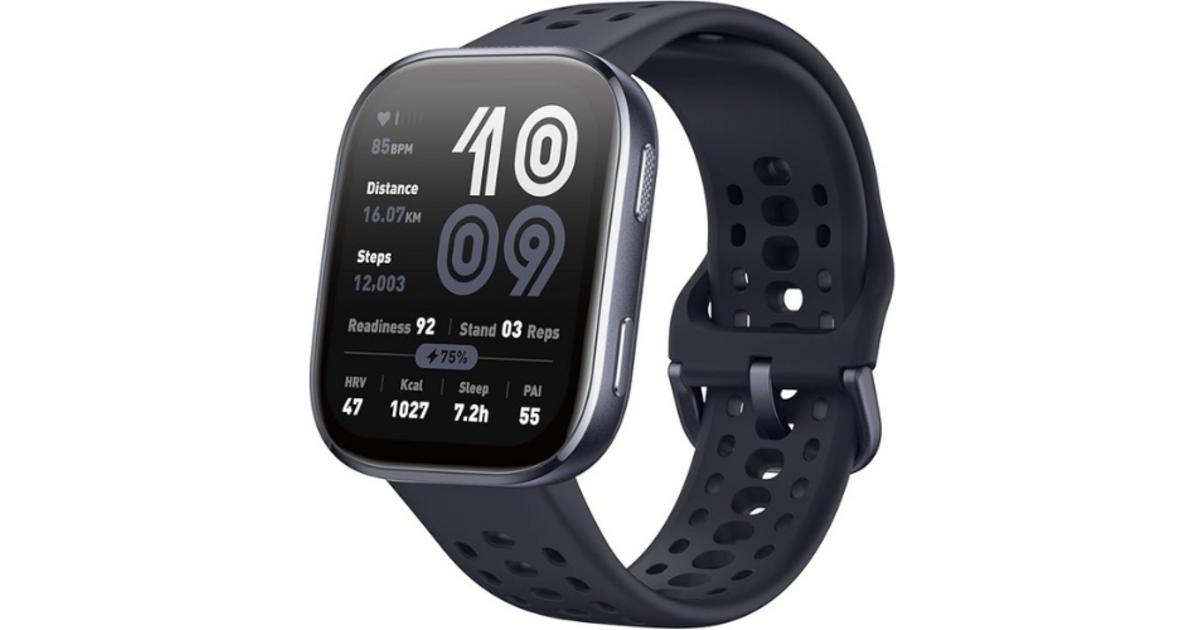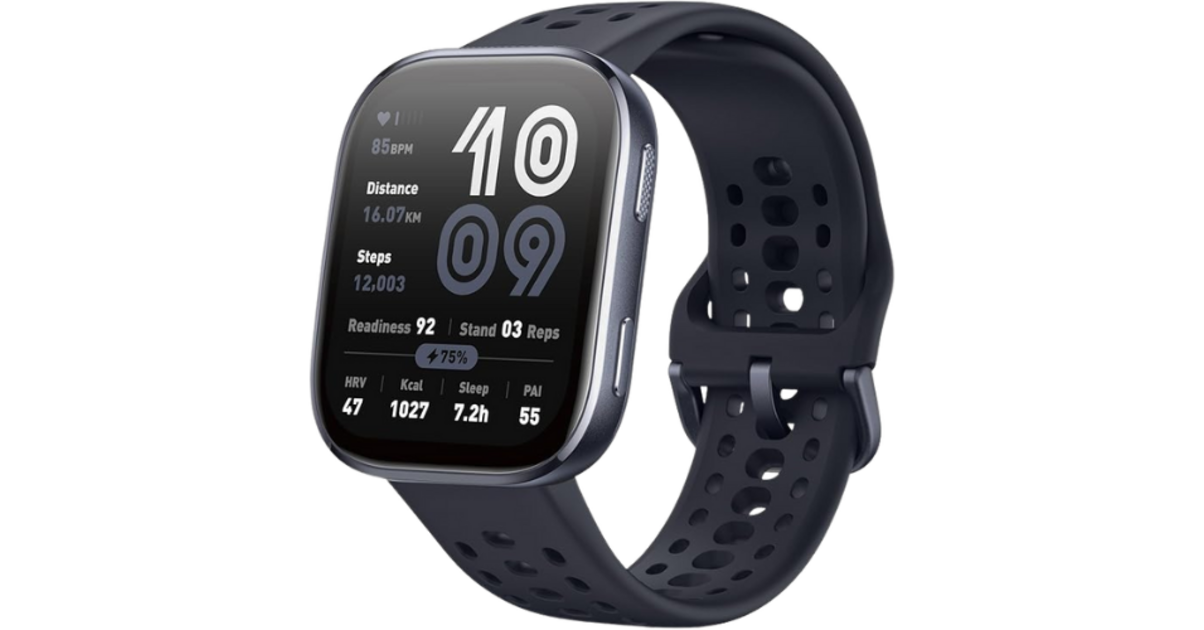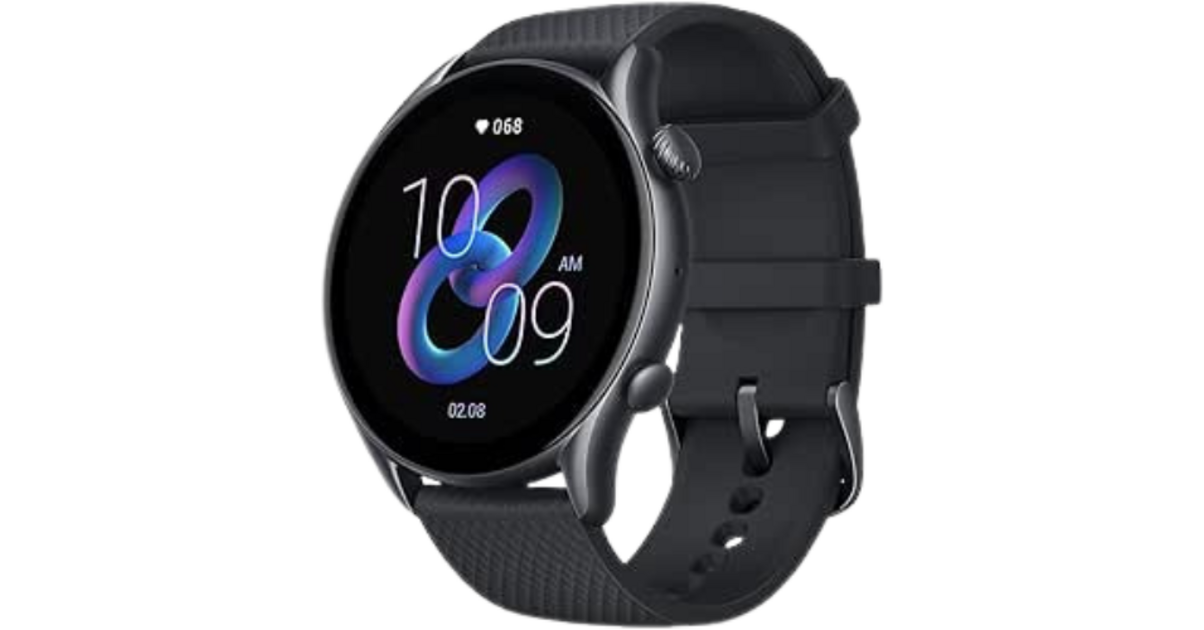Table of Contents
There are materials which command respect through their austerity, and then there is bronze, which commands desire through its life. On a watch, this ancestral metal does not just shine: it changes, darkens, becomes nuanced, tells of the passing of time. Its patina, never quite the same, transforms each piece into a singular object. This is why bronze watches age so well: they assert themselves, take on an elegance that is not static, and reveal the personality of the wearer.
From the sea to the wrists: bronze as a legacy
The romance begins on boat decks. Bronze has fitted portholes, compasses and old marine chronometers, chosen for its resistance to salt and its stability over time. A historical nod that infuses watchmaking today with a scent of adventure: to wear a bronze watch is to summon the imagination of exploration, the echo of shipyards and the intelligence of marine engineers. This connection also explains its aesthetic: a chromatic warmth between honey and cinnamon, which opposes the coldness of steel and the flash of gold.
Patina: science and emotion
The patina is not a simple “vintage effect”. It is a chemical phenomenon: surface oxidation creates a thin protective layer – copper oxides and carbonates – which insulates the metal and protects it. Depending on the alloy (CuSn8 rich in tin, aluminum bronze, or phosphor bronze), the patina tends towards chocolate brown, tobacco, or even khaki reflections. The climate, the pH of the skin, the humidity, the sea spray, the leather of the bracelet or the dust of the city: everything has an influence. The emotion comes from this intimate complicity between the watch and its owner; two identical pieces on paper quickly become different to the eye, like two slices of life.
For those who prefer titanium, we talk about it here or here and even there.

Why do they age so well?
- A protective beauty: the patina is a natural shield which limits visual wear and reveals use rather than erasing it.
- A warmth that intensifies: bronze gains depth, from the first amber reflections to enveloping browns, flattering for all skin tones.
- An assumed singularity: the patina marks the object; it makes each watch unique without artifice or heavy customization.
- A dialogue with design: cream indexes, green, sunny blue or patinated black dials gain contrast over time.
- A credible alternative: compared to the omnipresent steel and technical titanium, bronze offers a warm, durable and daring elegance.
- A praise of the trace: micro-shocks and frictions integrate, blend together, and create visual continuity rather than an inventory of defects.
From trend to icon
If the bronze wave established itself as a trend in the 2010s, it owes a lot to a few charismatic models. The Panerai Luminor Submersible “Bronzo” led the way, imposing a sculptural build and bronze that darkens with panache. Tudor democratized the concept with the Black Bay Bronze, a successful combination of watchmaking tools and retro charisma. Oris multiplied the nods with its Divers Sixty-Five and Big Crown in bronze, while Bell & Ross, Zenith, IWC and Montblanc explored the pilot aesthetic and the workshop spirit. On the independent side, houses like Baltic, Yema and Zelos have proven that bronze can be combined with more accessible timepieces without sacrificing style.
In each case, the material is not a gimmick: it serves the narrative of the watch. Diver, pilot, field watch… Bronze immediately evokes a tactile, textured vocabulary, which brings relief to the wrist.
Let it live, yes, but with some consideration. Bronze does not require extravagant precautions, only simple and regular attention.
- After the sea: rinsing with fresh water is enough to avoid salt crystallization.
- Daily: gentle wiping with a microfiber keeps the shine without disturbing the patina.
- Want to start from scratch: a Cape Cod type cloth, or a gentle lemon/bicarbonate mixture, restores shine; rinse and dry thoroughly.
- To watch out for: the verdigris in the gaps (between the lugs, under the bezel) should be cleaned as soon as it appears to preserve the fit.
- On the wrist: most brands adopt a steel or titanium case back to avoid greenish marks on the skin. If the metal marks slightly, it’s not serious.
Style-wise, bronze loves brown leather, sand nubuck, textured NATO, cocoa rubber. The forest green, petrol blue or grained black dials interact particularly well with the patina. Over the seasons, changing the bracelet is enough to renew the look without betraying the spirit of the piece.
The material as manifest
Choosing bronze is claiming an assumed relationship with time. Far from the quest for immaculate perfection, we accept imperfection as beauty. The watch becomes a travel diary: it takes in the rain, the sun, the streets, the shores. For many enthusiasts, this subject brings watchmaking into an almost intimate register, beyond the technical sheet.
Technically, progress in alloys has also been reassuring: more stable, less prone to skin reactions, they skate harmoniously. The finishes – sandblasted, microblasted, brushed – further accentuate the variations and give depth from day one.
And tomorrow?
Bronze still has stories to write. We will see it interact with ceramic bezels, lacquered or smoked dials, and finer volumes. Some workshops explore aluminum bronzes for more golden hues, others play the CuSn8 card for a clearer patina. The trend, far from running out of steam, is becoming more refined: less demonstrative, more controlled, it is establishing itself as an aesthetic language in its own right in watch design.
As a conclusion
If bronze watches age so well, it is because they have understood something about us: time is not an enemy, it is a material. The patina is the visible proof of this, a signature that cannot be copied. Between maritime heritage, tactile emotion and a sense of style, bronze stands out as one of the most contemporary materials in current watchmaking — precisely because it embraces its nature: living, changing, profoundly human.






